Whale watching guide to Iceland 🐋
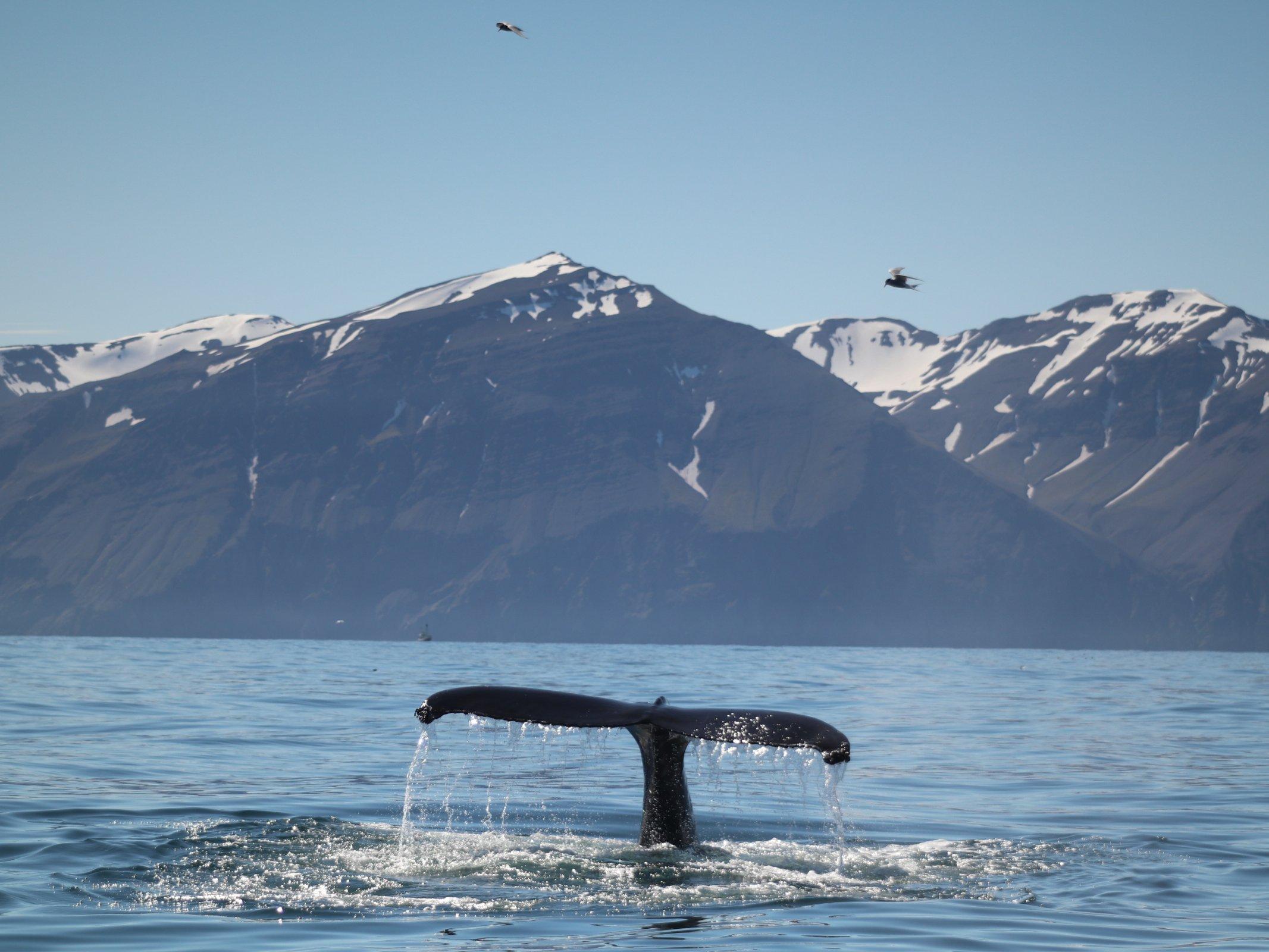
When to go
The main whale-watching season in Iceland is between April and September. The first reason is that the summer months are when the migratory species come north for a feeding season - Humpbacks, Blues, or Fins. The sheer number of individuals and the fact that they are busy feeding makes whale watching much easier. The second reason is weather. It is much easier (and more pleasant) to sail in summer than in the middle of Arctic winter. However, some species are present year-round like white-sided dolphins, minke whales, or orcas. Some companies do run tours all year round (Reykjavik) but do keep in mind that if you come whale-watching in winter your chances might be a bit lower than in the season.
Which whales will you see
The most common species present in Icelandic waters are - Humpback whales, Fin whales, Blue whales, Sei whales, Minke whales, Sperm whales, Northern-bottlenose whales, white-sided dolphins, and harbor porpoises. I'll list below which species are the most common in each location, but overall what you'll be most likely to see will be humpbacks, minkes, or dolphins.
Are you guaranteed to see whales?
Nope. The best thing about whale-watching is that humans are just visitors to whales' habitat and all they can do is hope for the best. There is really not much to do to improve the trip chances and trust me, if there were whale-watching companies would do it since it is their whole business to find whales. You can't throw food, play songs, or use sonars to find them. The best way is a highly trained crew and contact with other boats. And trust me, that is enough if the whales are around. However, they not always are. They are highly active animals and they constantly move to find the best patch of food. Your crew will do absolutely everything they can to find whales (they are often as excited to see the whales as you are and the job is much easier when you have happy guests), however, keep in mind that you are dealing with nature and sometimes you're simply unlucky. In such case, most of the companies will offer you the next tour for free (in the same location, unfortunately, you can't do it on the way back to Reykjavik as each location has its own company). Although Iceland is one of the best places to go whale-watching keep in mind that it is up to nature and have your expectations adequately reasonable.
Which boat to take
In most locations, you'll be given a choice of boats - a traditional wooden fishing boat or an RIB speed boat. Let's look at each option.
Old fishing boats - Those are the classic Icelandic boats, once used for fishing or even whaling. Depending on the size they can take between 20-100 passengers. The tours take between 2-4 hours as they are slower and so they are often the cheaper option. Maybe it doesn't sound most exciting - many people and slow boat, but they have one big advantage. They are the most respectful option for whales. Because of their size and speed, they are less noisy in the water. Not quiet but significantly quieter compared to RIBs. You might already know that whales have sensitive hearing and communicate and hunt based on sound. And if you consider that each location has multiple boats going out multiple times a day, the engine noise quickly adds up and creates a lot of noise pollution. Secondly, because of their slower speed, the interaction with the whale is up to the animal. If the whale is disturbed and stressed about the presence of the boat it can swim away and the boat will not be able to catch up. It doesn't happen often but I think it is important to give the animal a choice. In comparison, the RIB boat is fast enough to keep chasing the whale which unfortunately often happens. Thirdly, because of the size, the wooden boats need to keep a respectful distance. The RIBs can get very close to the whale even if the whale is trying to escape. May be good for the picture but definitely not good for the animal.
RIB speed boats - as mentioned above, they are very fast and take only 10-12 people. But they are often not the most respectful of the animals and can be very disturbing as I discussed above.
Whaling
You might already know that Iceland is one of the last few countries practicing commercial whaling. Up to 200 endangered Fin whales are killed each year and their meat is sold mostly to tourists and Japan. If you're reading this guide you're probably hoping to see some whales that are still alive and that is awesome! Whale watching was one of the reasons whaling in Iceland became less popular as people learned they could make much more money by keeping the animals alive.
However, some tourists still want to try the 'local cuisine' and seek places offering whale meat. I would strongly urge you not to. Yes, whales were eaten in Iceland in the distant past and were an important food source. In the past, when there were no other options and whales were not endangered. People in Iceland do not eat it anymore, the main market is tourism. And you may think I just try once it won't make a difference. But so think the almost 2 million tourists in Iceland each year. The meat you'll find will most likely be fin whale. Classified as endangered in the last century humans have killed 99% of the population. Fin whales reproduce very slowly, it takes 6-10 years for a youngster to reach sexual maturity and then they can produce a calf every 2-4 years, not all of which will reach adulthood. Will all this information you can imagine that whaling industry is not helping the endangered whales. If you want to learn more about whaling in Iceland check out this awesome organization in the link below.
Where to go
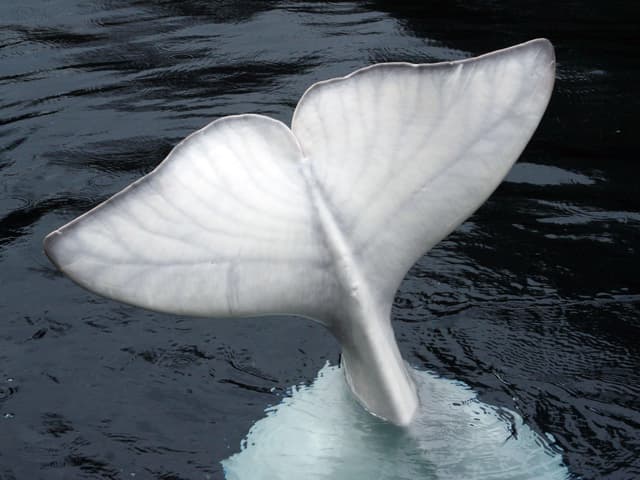

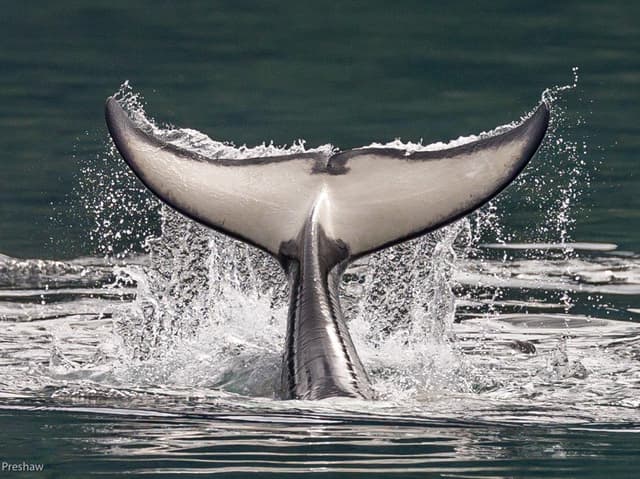
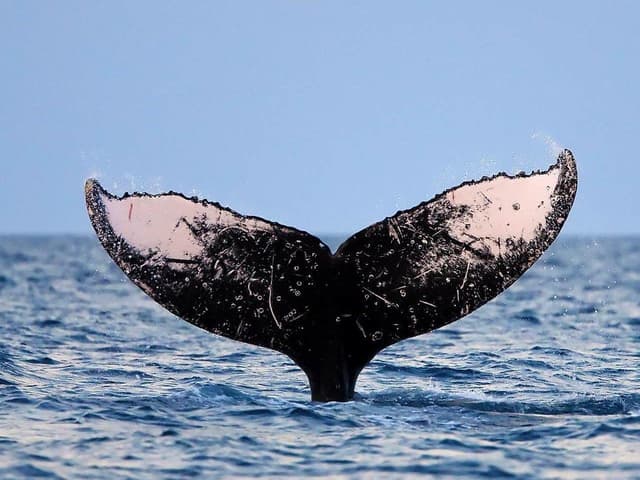
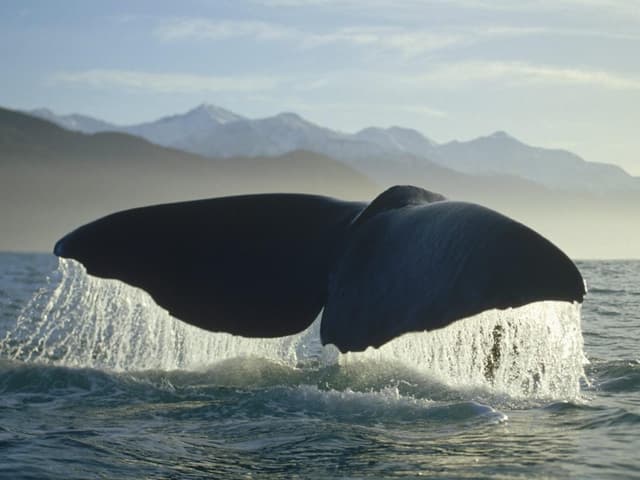
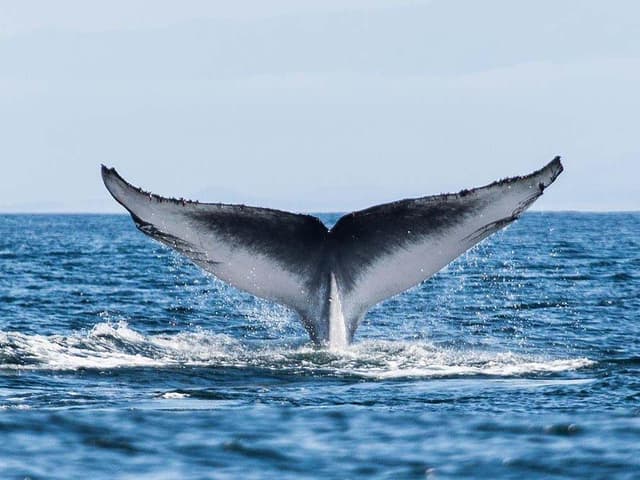
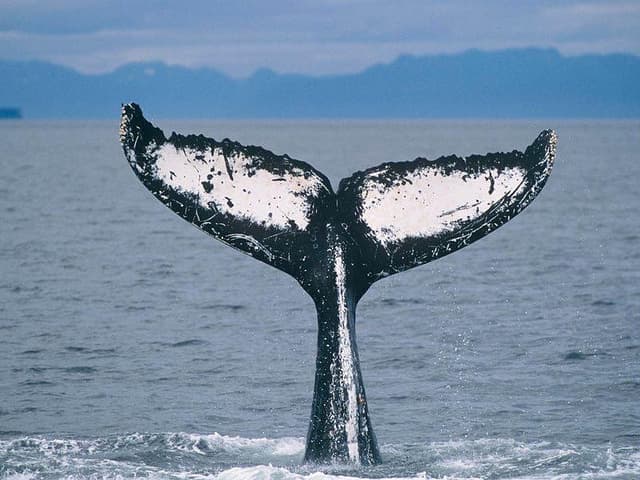
Check out my other Iceland guides
The home for unique & authentic travel


